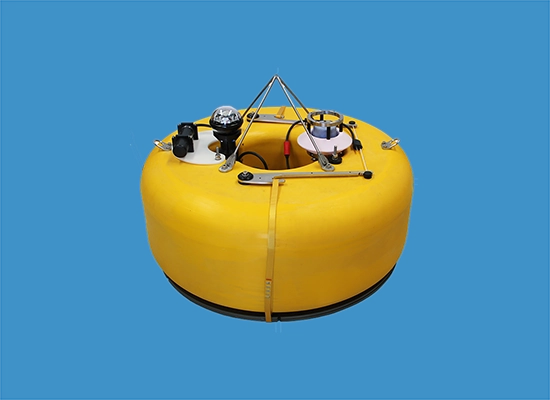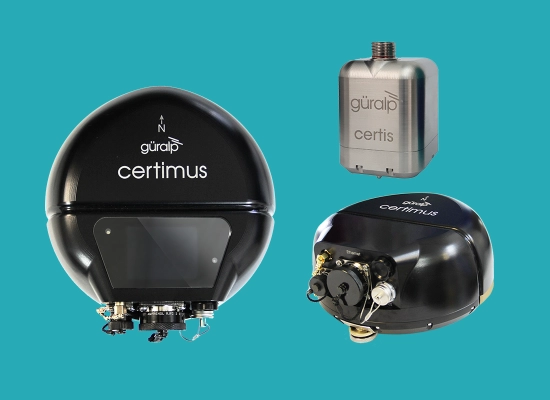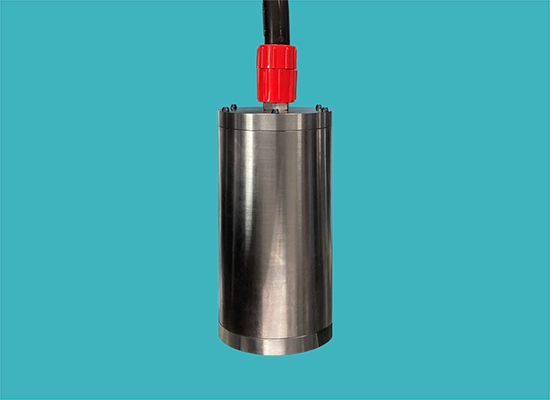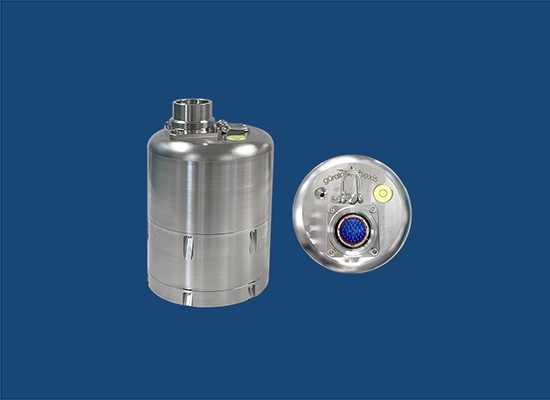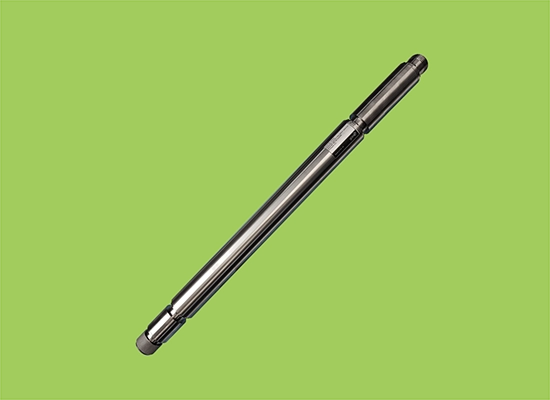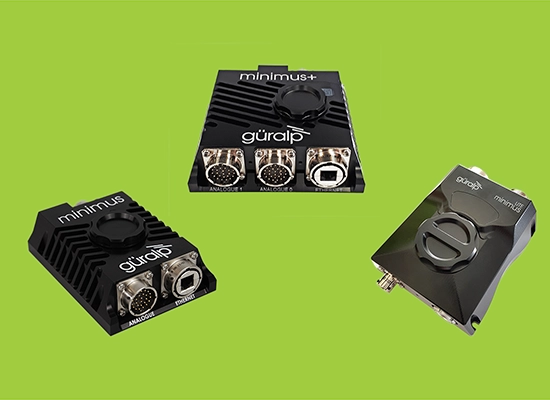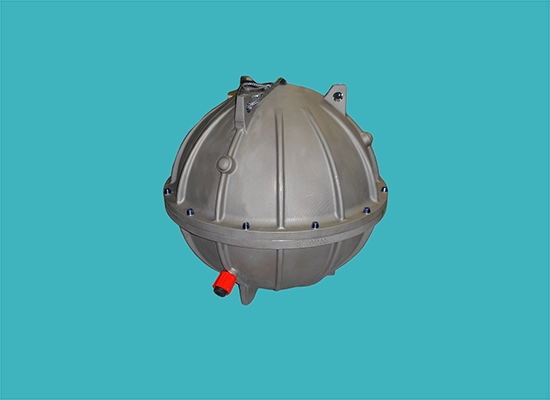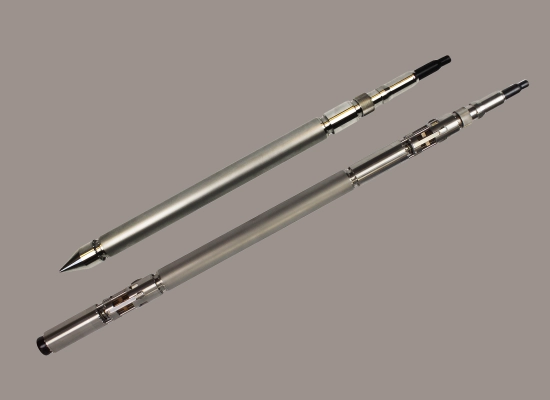CARBON CAPTURE, UTILISATION AND STORAGE (CCUS)

CCUS is a fast-growing emissions reduction technology involving the capture, transportation, use or permanent storage of CO2 in an underground geological formation to permanently remove it from the atmosphere. This storage method has been applied previously to aid Enhanced Oil Recovery but it is now being investigated as a long-term solution for carbon storage, both onshore and offshore.
As with other ground injection methods, microseismic monitoring will play an important role in ensuring that CO2 is injected and stored safely. Since 2008 our instrumentation has been used on a number of projects to monitor seismicity around carbon injection sites in North America and Europe.
We have broadband instruments suitable for monitoring the process for induced seismicity whether for onshore, subsurface, such as for vertical seismic profiling (VSP), or offshore scenarios. Our instrumentation offers event detection coupled with ultra-low latency data and triggering capability to ensure operations are conducted safely and within pre-determined parameters. For sites located near to other instrastructure, our borehole instruments minimise the impact of surface noise on the seismic response.
Our ocean bottom broadband seismometers have been utilised with both active source and passive imaging. The use of broadband systems for active source imaging can provide greater insights to sub-surface structure at depth.

